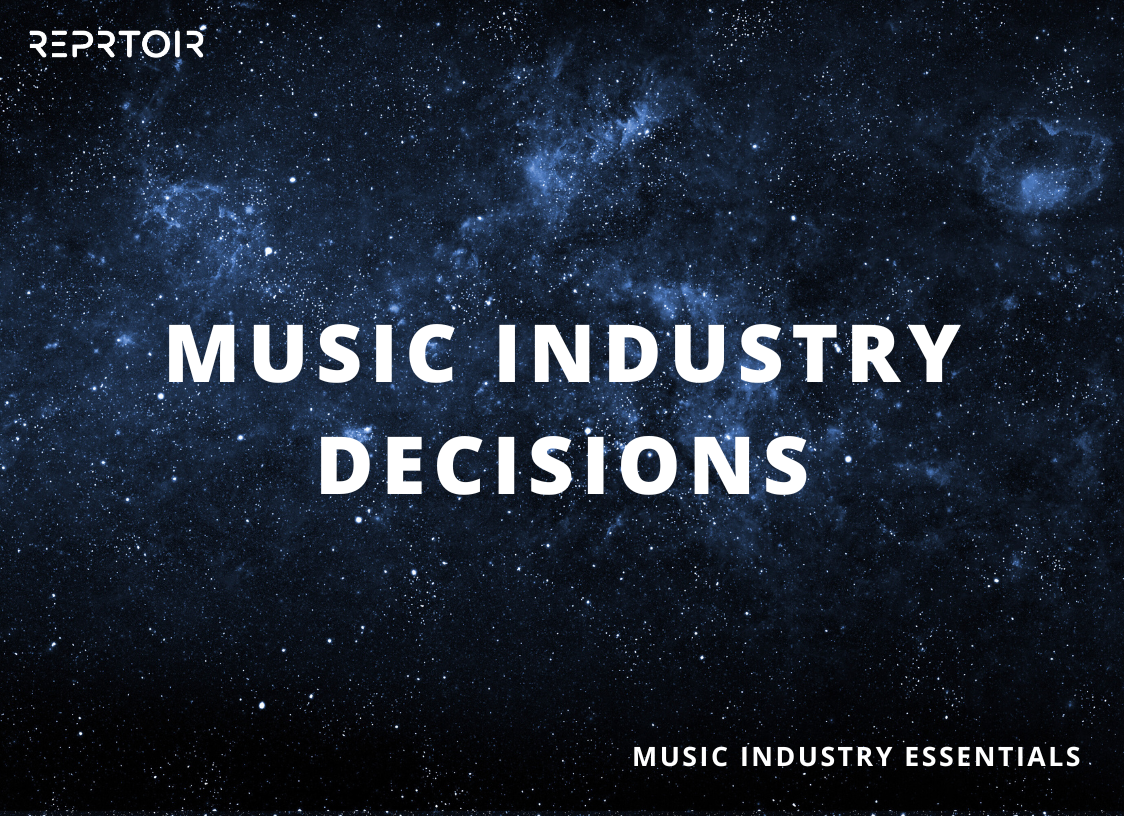The music industry has always had a bit of magic to it. That unpredictable X-factor that makes one song soar while another sinks.
But in today’s hyper-digital landscape, data is taking center stage as a powerful counterbalance to creative risk. From A&R to release scheduling and tour planning, analytics are reshaping how labels, managers, and artists make decisions.
If you’re looking to develop a rising act or pinpoint the next tour market, data now sits firmly at the strategy table.
Let’s explore how music analytics is transforming industry playbooks and why ignoring the numbers is no longer an option:
Beyond Gut Instinct: The Rise of Data-Driven Strategy
There’s still room for gut feeling and creative hunches in music, but modern decision-making is increasingly powered by performance tracking. Labels can now access detailed metrics from streaming platforms, social media, ticketing apps, and direct fan engagement to measure how an artist is resonating in real time.
Universal Music Group has leaned heavily into data and analytics to guide everything from artist support to campaign design. Their approach underscores a broader industry truth: intuition alone isn’t enough anymore.
What Kind of Data Are We Talking About?
Let’s break down the most common sources of insight fueling modern music strategies:
- Streaming Performance: Total plays, skip rate, playlist placements, and listener retention all reveal how well a track is landing.
- Geographic Data: Understanding where fans are located helps tailor tour stops, regional marketing, and localized merch drops.
- Audience Demographics: Age, gender, language, and listening habits give labels a clearer picture of who their artists are reaching.
- Engagement Metrics: Social media likes, comments, shares, and follower growth are key indicators of momentum and fandom depth.
- User-Generated Content: TikTok trends or YouTube covers often act as early signals of breakout potential.
Together, this mosaic of data helps reduce the guesswork. Instead of asking, “Should we invest more in this single?” teams ask, “What does the data say about fan response over the past 7 days?”
From Artist Development to ROI Prediction
Music analytics is most powerful when used to inform long-term planning, especially in artist development. Gone are the days when labels would throw money at a project and hope for the best.
Today, platforms like Reprtoir make it easier to monitor performance across every release, evaluate an artist’s trajectory, and forecast future revenue potential based on historical trends.
This kind of performance tracking enables teams to:
- Greenlight new releases based on real-time fan activity
- Adjust marketing budgets mid-campaign to maximize ROI
- Spot breakout moments early and act fast to capitalize on them
- Assess artist viability before committing to bigger advances or tour support
As Music Ally highlighted in their 2025 report, data is also changing how artists approach financing. With more predictable projections, acts can strike smarter deals or even pursue alternative funding models without relying solely on label advances.
Where to Release, When to Tour
Geographic insights from DSPs and social platforms have become essential for tour routing. If an indie artist is quietly picking up momentum in Berlin or São Paulo, those cities might deserve earlier tour dates or tailored campaigns.
Likewise, analytics help determine the best time to drop a release. Rather than following rigid quarterly calendars, teams can now track when fans are most active, when similar genre releases are quiet, or when social engagement is peaking and schedule accordingly.
This flexibility can turn a good release into a great one, all by riding the right wave at the right moment.
Challenges of Data-Driven Strategy
Of course, leaning too hard into analytics comes with its risks. Not everything that trends will endure, and raw numbers don’t always capture cultural relevance, artistry, or niche community loyalty.
There’s also the challenge of data fragmentation. With so many platforms generating insights, Spotify for Artists, YouTube Analytics, and TikTok Creator Tools, it can be hard to bring them all into one actionable view. That’s why music professionals are increasingly turning to centralized tools that compile, clean, and visualize performance data in one place.
Finally, there’s the human factor. Data can tell you what’s happening, but it’s still up to people to decide why it matters. The best teams strike a balance by using numbers to guide strategy while keeping space for instinct, artistry, and experimentation.
In the modern music economy, data is a frontline decision-maker. As the industry continues to digitize, analytics will only get sharper, forecasting not just what’s hot now, but what’s coming next. For music professionals, the key isn’t just collecting data: it’s acting on it.
At Reprtoir, we empower music companies with the tools to track performance, develop artists, and make confident, data-driven decisions.
Want to see how our platform can transform your strategy? Let’s talk.











